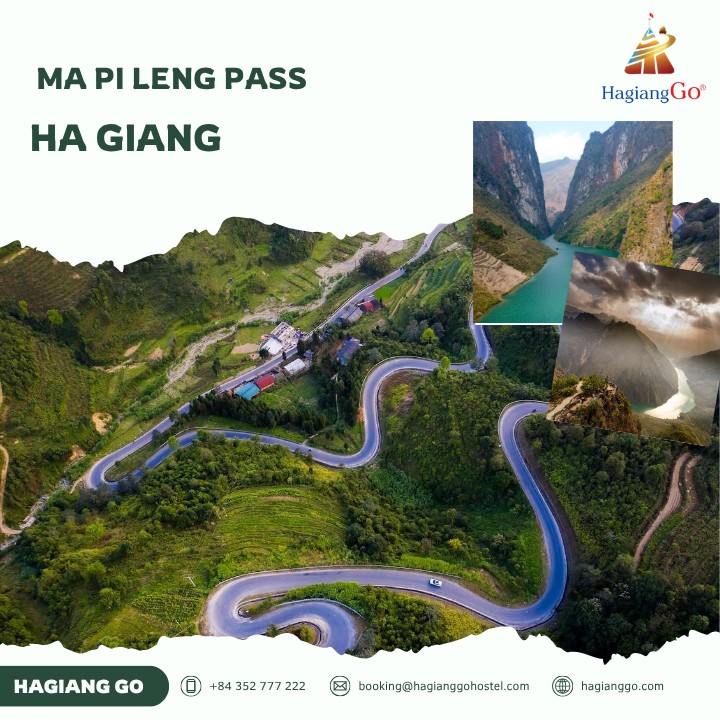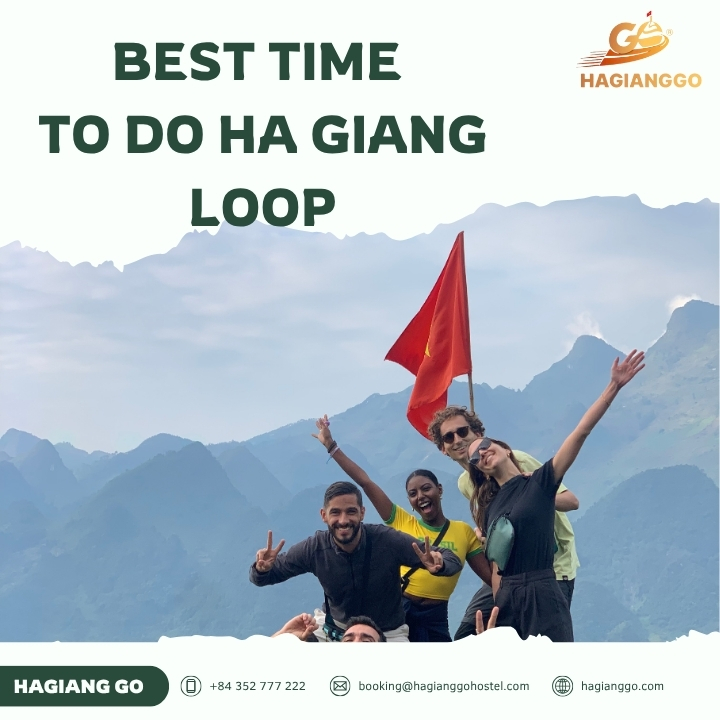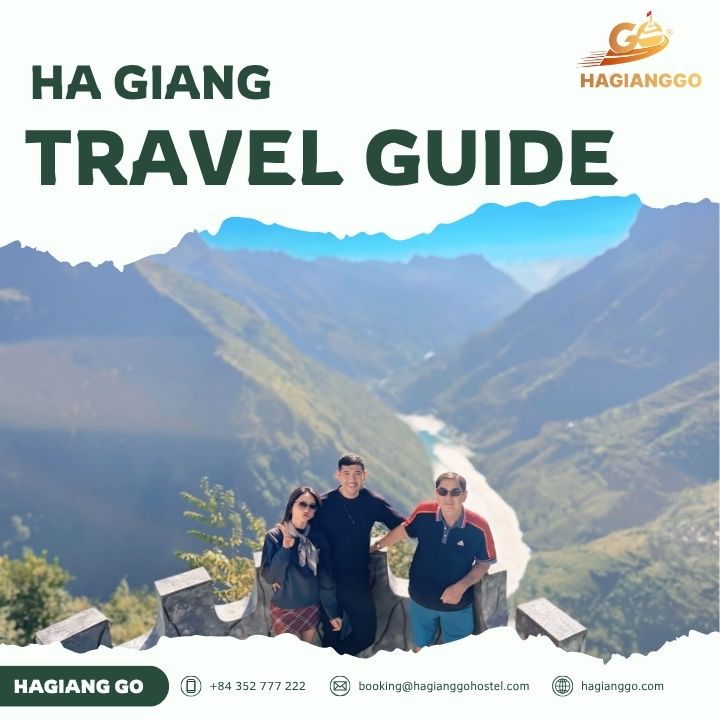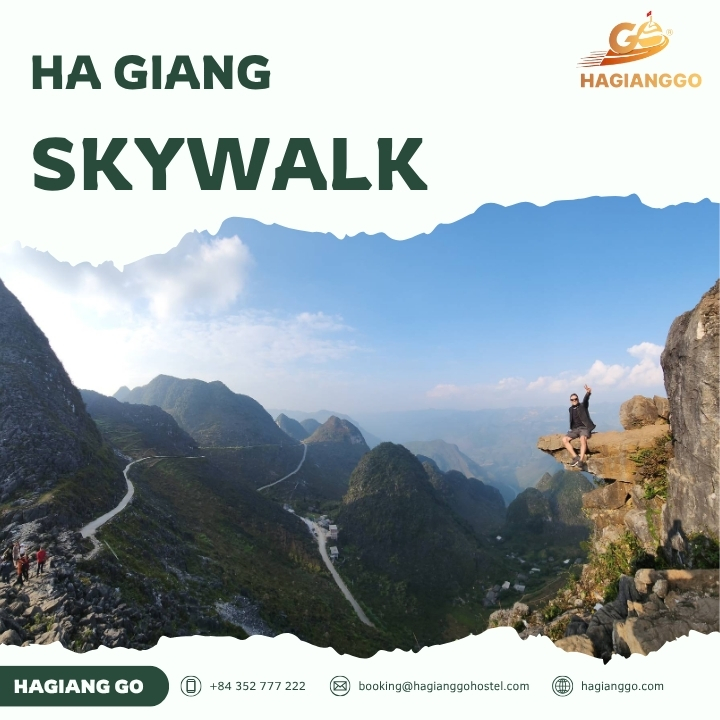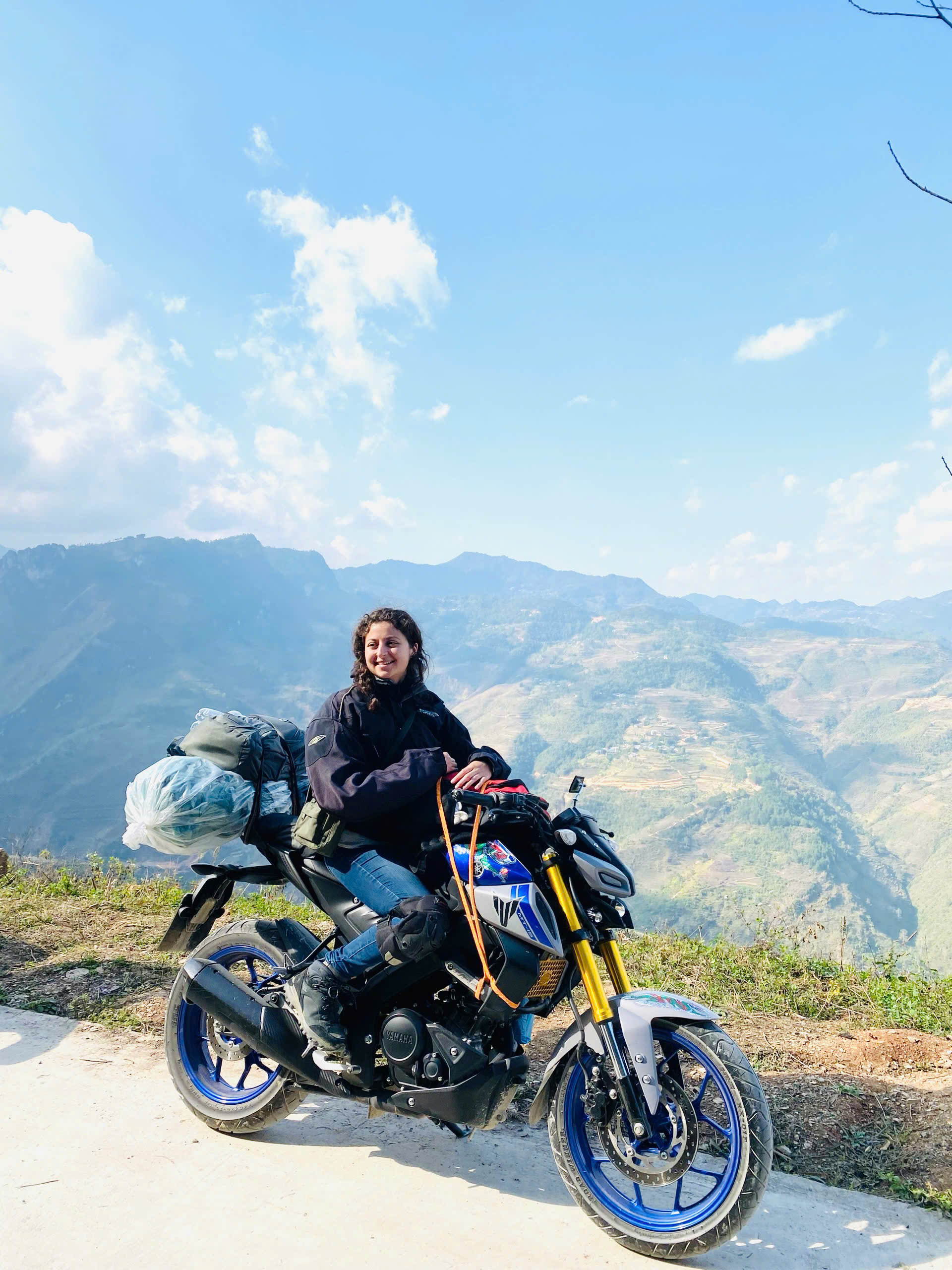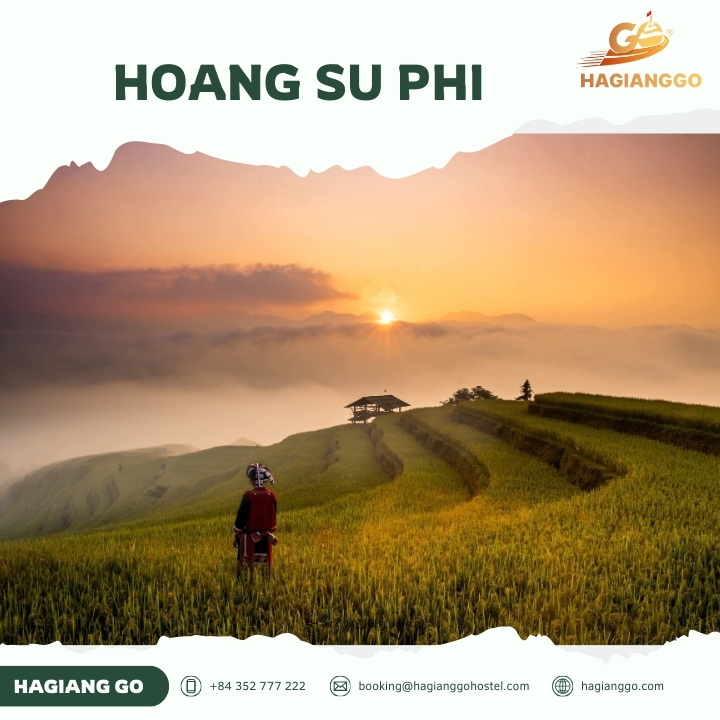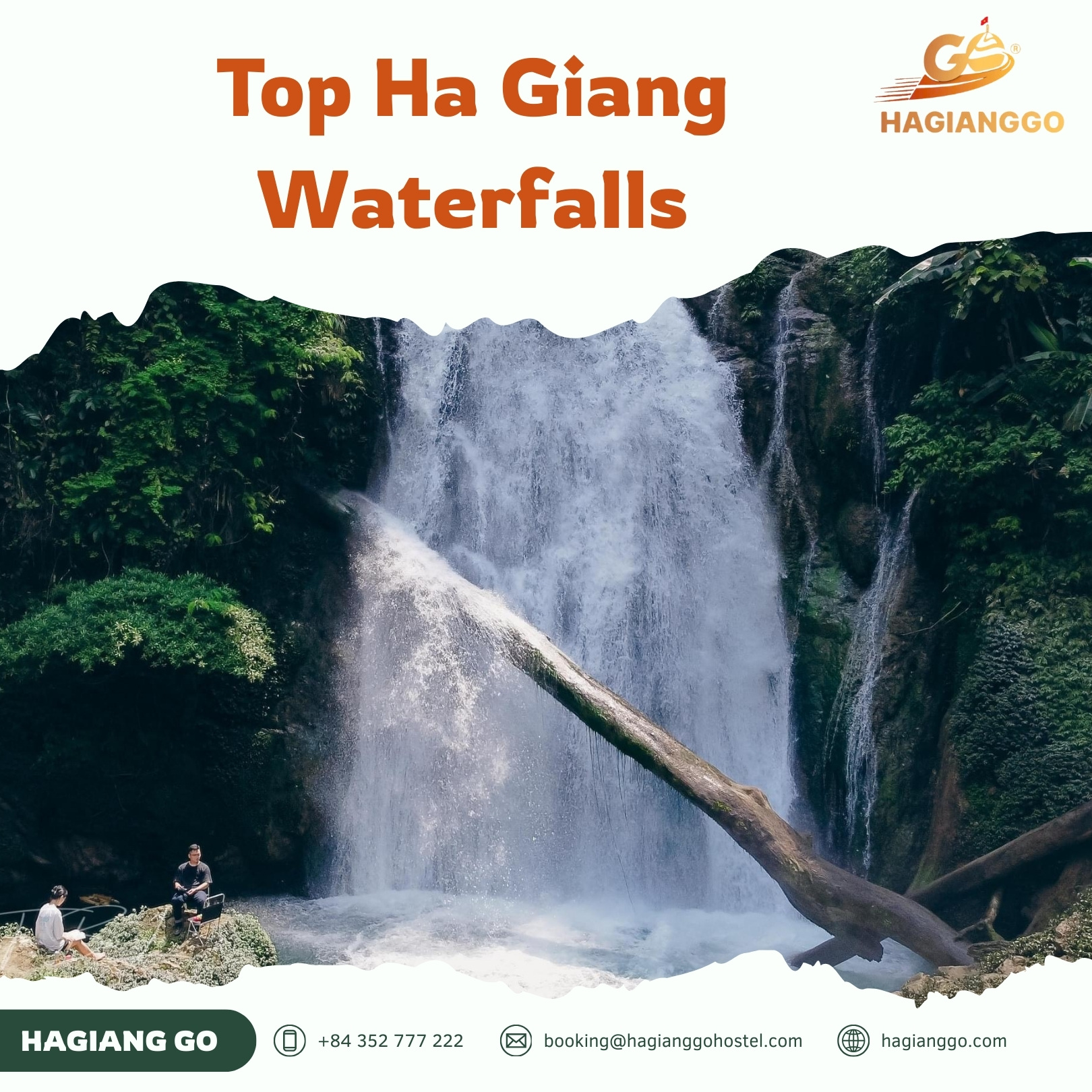For adventure seekers and nature enthusiasts, Ma Pi Leng Pass in Ha Giang represents the crown jewel of northern Vietnam's mountain roads. Whether you're conquering the famous Ha Giang Loop or seeking that perfect Instagram-worthy landscape shot, this pass delivers an unforgettable experience that embodies the wild spirit of Vietnam's mountainous north.
Let HaGiang Go guide you through everything you need to know about this spectacular destination, from practical travel tips to hidden cultural gems that make Ma Pi Leng Pass an essential stop on any Vietnamese adventure.

Source: baodongnai
1. Where is Ma Pi Leng Pass located?
1.1. Location
Ma Pi Leng Pass stretches over 20 kilometres through the magnificent Dong Van Karst Plateau, nestled between Dong Van and Meo Vac in Ha Giang Province. This UNESCO-recognised geopark location places the pass at the heart of one of Vietnam's most geologically significant regions, approximately 350 kilometres north of Hanoi and just 15 kilometres from the Chinese border.
The pass sits at 1,200 to 1,500 meters above sea level, carved into limestone cliffs shaped by millions of years of geological processes. Its strategic location connects two critical Dong Van Karst Plateau towns, making it a scenic route and a vital transportation link for local communities.
For GPS navigation, Ma Pi Leng Pass is located at approximately 23°08'N latitude and 105°18'E longitude, though the road's winding nature means travellers will experience constantly changing coordinates as they navigate its famous curves and switchbacks.
1.2. How to get to Ma Pi Leng Pass?
The journey to Ma Pi Leng Pass typically begins in Ha Giang City, the provincial capital located about 100 kilometres south of the pass. From Ha Giang City, travellers have several transportation options, each offering different levels of adventure and comfort.
Motorbike Journey: The most popular and adventurous option involves renting a motorbike in Ha Giang City and riding the famous Ha Giang Loop. This 3-4 day circuit covers approximately 350 kilometres of mountain roads, with Ma Pi Leng Pass serving as the dramatic highlight on Day 2 or 3. The route from Ha Giang City to Ma Pi Leng Pass takes about 4-6 hours, depending on stops and road conditions.
Private Car or Guided Tour: For those preferring comfort and safety, private cars with experienced local drivers offer a more relaxed way to reach the pass. Many tour operators in Ha Giang City provide day trips or multi-day packages including Ma Pi Leng Pass and other regional highlights.
Typical Route: Most travelers follow this sequence: Ha Giang City → Tam Son → Quan Ba (Heaven's Gate) → Yen Minh → Dong Van → Ma Pi Leng Pass → Meo Vac. This route covers the most spectacular scenery while allowing for cultural stops in ethnic minority villages.
The Ha Giang Loop has become synonymous with Ma Pi Leng Pass, as the pass represents the most challenging and rewarding section of this legendary motorcycle circuit. Many travelers plan their entire northern Vietnam adventure around experiencing this particular stretch of road.
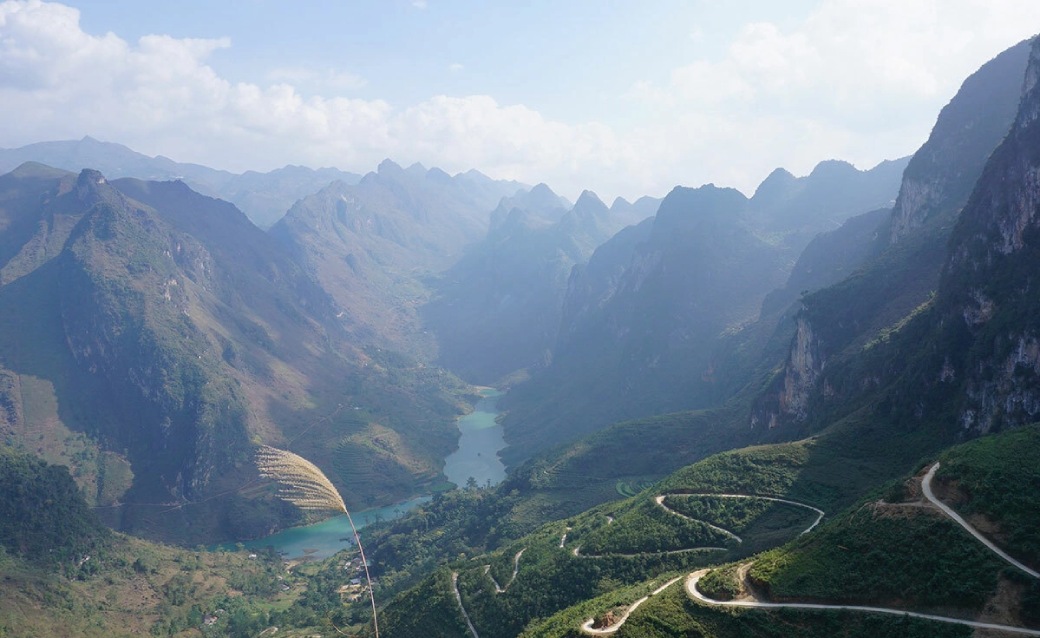
Nho Que River from Ma Pi Leng Pass - Source: Vnexpress
2. Why is Ma Pi Leng Pass famous?
Ma Pi Leng Pass has achieved legendary status among travelers for several compelling reasons that go far beyond its stunning natural beauty. The pass offers some of Vietnam's most dramatic cliff-edge views, with sheer drops of over 1,000 meters down to the emerald waters of the Nho Que River below.
Breathtaking Natural Drama: The pass winds along precipitous limestone cliffs that seem to hang suspended above the deep canyon carved by the Nho Que River. These panoramic vistas stretch for kilometers, revealing layer upon layer of karst mountains that fade into the misty distance toward the Chinese border.
Historical Significance: Ma Pi Leng Pass is part of the famous "Happiness Road" (Con Duong Hanh Phuc), a remarkable infrastructure project built by local ethnic minorities in the 1960s. This engineering achievement represents the determination of the Hmong, Tay, and Dao communities who carved this passage through seemingly impossible terrain using primarily hand tools and explosive charges.
The road construction took over a decade to complete, with local communities contributing both labor and resources to create this vital connection between isolated mountain settlements. Many workers lost their lives during construction, making the pass not just a scenic route but also a monument to human perseverance and sacrifice.
Geological and Cultural Recognition: The pass sits within the Dong Van Karst Plateau UNESCO Global Geopark, recognized for its outstanding geological diversity and cultural significance. This international recognition highlights the area's unique limestone formations, fossil records, and the harmonious relationship between local ethnic communities and their dramatic landscape.
The UNESCO designation acknowledges both the area's scientific importance and the traditional knowledge of indigenous communities who have lived in harmony with this challenging environment for centuries.

Source: MiA
3. Best time to visit Ma Pi Leng Pass
Understanding seasonal weather patterns is crucial for safely experiencing Ma Pi Leng Pass, as conditions can change rapidly in this high-altitude mountain environment.
Optimal Visiting Seasons: The best time to visit Ma Pi Leng Pass is during the dry season, which generally falls between October and April. Within this window, two periods stand out as particularly ideal for travelers.
September to November: This period offers the perfect combination of clear skies, comfortable temperatures (18-25°C), and spectacular autumn colors. The post-monsoon clarity provides exceptional visibility for photography, while the golden rice terraces in surrounding valleys create additional visual drama.
March to May: Spring conditions bring mild temperatures (15-22°C) and the beautiful flowering season, when peach and plum blossoms add delicate colors to the rugged landscape. Road conditions are generally excellent after the dry winter months.
Weather Considerations: Ha Giang experiences the rainy season from May through September, making this period more challenging for pass navigation. Heavy rains can create dangerous driving conditions, with reduced visibility and slippery roads posing serious risks for motorbike travelers.
Winter months (December-February) offer clear skies but can be extremely cold, with temperatures dropping below 5°C. Morning fog is common during this season, though it typically clears by mid-morning to reveal stunning views.
Ma Pi Leng Pass Travel Guide – When to Go: For the ultimate experience, plan your visit during October-November for golden season beauty, or March-April for spring blooms and ideal weather conditions.
 Source: Vnexpress
Source: Vnexpress
4. What to see & do at Ma Pi Leng Pass?
Ma Pi Leng Pass offers numerous attractions and activities that cater to adventure seekers, nature photographers, and cultural enthusiasts alike.
4.1. Ma Pi Leng skywalk
The recently constructed glass skywalk extends from the cliff face, providing visitors with an adrenaline-pumping perspective directly over the Nho Que River canyon. This engineering marvel allows travelers to experience the pass's dramatic vertical drop in relative safety, though it's not recommended for those with vertigo.
The skywalk offers 360-degree views of the surrounding karst landscape and provides an ideal platform for photography, particularly during golden hour when the limestone cliffs glow in warm sunlight.
4.2. Scenic viewpoints and photo stops
Multiple designated viewpoints along the pass offer different perspectives of the Nho Que River valley. The most famous viewpoint, located at the pass's highest point, provides the classic Ma Pi Leng photograph with the road snaking along the cliff edge.
Early morning visits often reward photographers with dramatic fog effects rolling through the valley, while sunset timing can capture the golden light illuminating the limestone formations.
4.3. Nho Que River boat experience
At the base of the canyon, boat trips along the Nho Que River offer a completely different perspective of Ma Pi Leng Pass. Looking up from the river level, travelers can appreciate the true scale of the cliffs and the engineering achievement represented by the road above.
These boat rides typically last 1-2 hours and can be combined with visits to local riverside villages where traditional fishing and farming continue much as they have for generations.
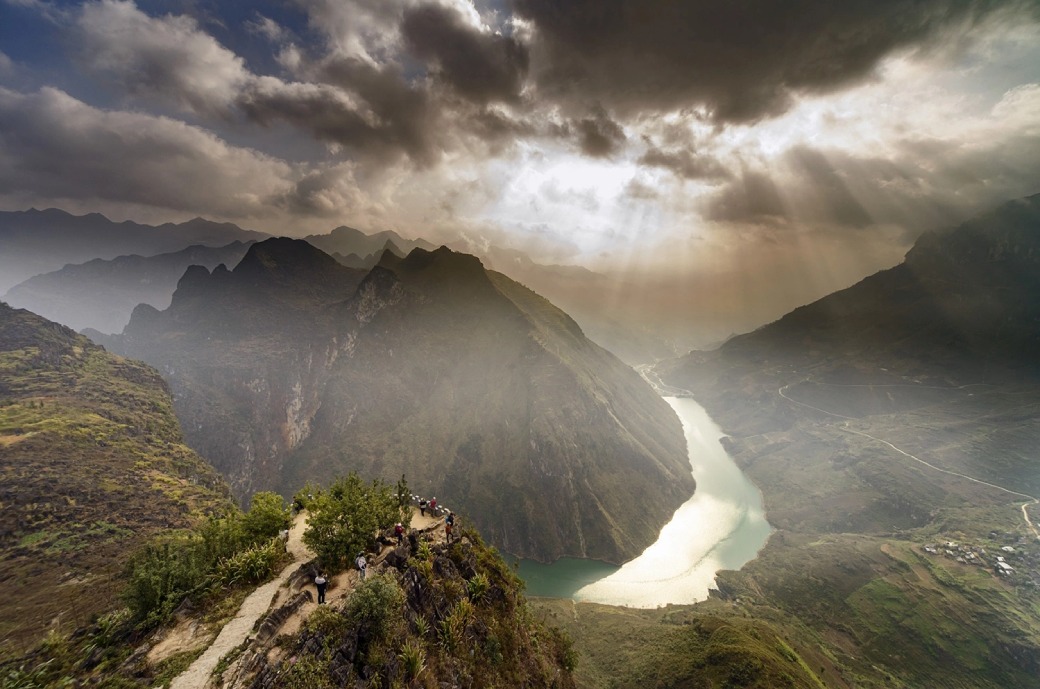
Source: Vnexpress
4.4. Cultural insights along the way
The journey to and through Ma Pi Leng Pass offers exceptional opportunities to experience the rich cultural heritage of northern Vietnam's ethnic minority communities.
1 - Local ethnic groups: The region is home primarily to Hmong, Tay, and Dao communities, each maintaining distinct cultural traditions, languages, and architectural styles. These groups have inhabited the rugged karst landscape for centuries, developing sophisticated agricultural techniques and social structures adapted to the challenging mountain environment.
2 - Traditional architecture: Villages along the route to Ma Pi Leng Pass showcase traditional construction methods using local materials. Hmong houses typically feature wooden structures with distinctive rooflines, while Tay communities often build closer to water sources with different architectural adaptations.
3 - Cultural etiquette and respect: When visiting ethnic minority villages, travelers should observe appropriate cultural sensitivity. Always ask permission before photographing people, particularly women and children. Modest dress is essential, and visitors should avoid pointing at people or touching religious symbols.
4 - Homestay opportunities: Several villages near Ma Pi Leng Pass offer homestay experiences, allowing travelers to experience traditional daily life, participate in agricultural activities, and share meals prepared with local ingredients and traditional cooking methods.
These cultural exchanges provide meaningful connections beyond the scenic beauty, offering insights into sustainable living practices and community cooperation that have enabled these populations to thrive in such challenging terrain.
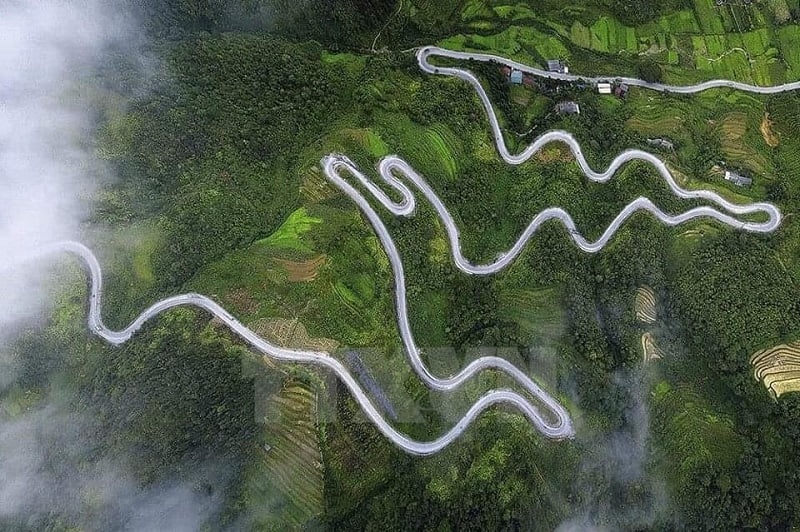
Source: Sinhtour
4.5. Nearby cultural attractions
The historic Dong Van Old Quarter, just 20 kilometers from Ma Pi Leng Pass, showcases traditional architecture and serves as the cultural heart of the region. Meo Vac Market, held every Sunday, provides authentic insights into local ethnic minority trading traditions and offers opportunities to purchase traditional handicrafts.
5. Ma Pi Leng Pass safety tips
Safety considerations are paramount when tackling Ma Pi Leng Pass, as the combination of narrow roads, steep drops, and changeable weather conditions requires careful preparation and experienced riding skills.
1 - Road conditions and challenges: The pass road consists of 9 twists and turns and is extremely dangerous. The roadway is narrow, often allowing only one vehicle at a time, with minimal barriers between the road surface and a thousand-meter drop to the river below.
2 - Weather-related hazards: Mountain weather can change rapidly, with morning fog reducing visibility to just a few meters. Rain makes the road surface extremely slippery, while strong winds can affect vehicle stability, particularly for motorbikes.
3 - Experience requirements: Ma Pi Leng Pass is recommended only for experienced motorbike riders with mountain driving experience. Novice riders should consider hiring a local driver or joining a guided tour rather than attempting to navigate independently.
4 - Essential safety gear checklist:
- High-quality helmet (full-face recommended)
- Protective riding jacket and pants
- Waterproof rain gear
- Warm layers for temperature changes
- Gloves with a good grip
- Sturdy boots with ankle protection
- First aid kit and emergency supplies
- Fully charged mobile phone with offline maps
- Extra fuel and basic motorcycle tools
5 - Driving tips: Maintain slow, steady speeds (maximum 30 km/h), always yield to oncoming traffic at narrow sections, and never attempt to pass other vehicles on curves. Pull over at designated viewpoints rather than stopping on the roadway for photographs.
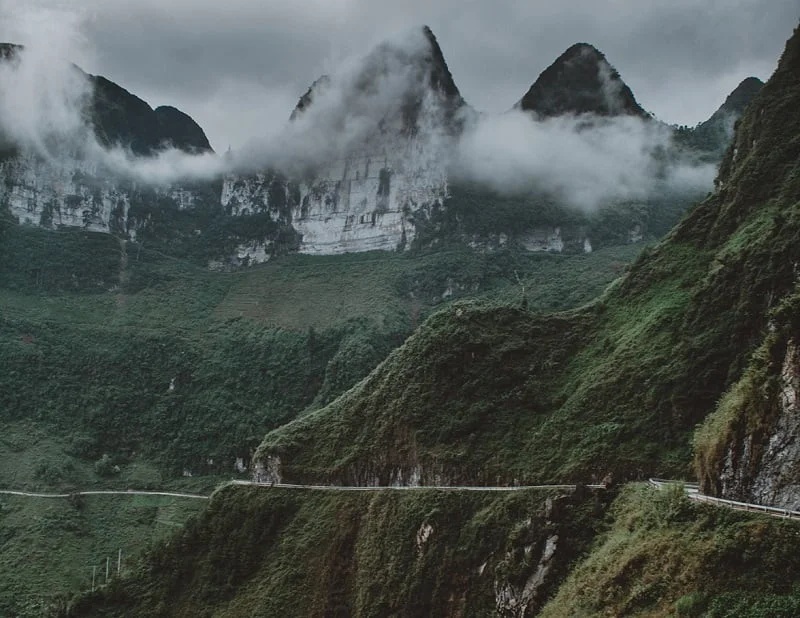
Source: Sinhtour
6. Recommended itinerary to explore Ma Pi Leng Pass
A well-planned itinerary ensures travelers can fully appreciate Ma Pi Leng Pass while allowing adequate time for safety and cultural exploration.
2-Day/1-Night suggested Itinerary from Ha Giang City:
Day 1: Ha Giang City → Quan Ba → Yen Minh → Dong Van
- Early morning departure (7:00 AM) from Ha Giang City
- Stop at Quan Ba Twin Mountains for breakfast and photos
- Visit Yen Minh for lunch and local market exploration
- Afternoon arrival in Dong Van Old Quarter
- Overnight in a homestay or guesthouse in Dong Van old town
Day 2: Dong Van → Ma Pi Leng Pass → Meo Vac district → Return to Ha Giang City
- Early morning departure to reach Ma Pi Leng Pass by 9:00 AM
- Extended stop at pass viewpoints and skywalk (2-3 hours)
- Optional Nho Que River boat trip
- Lunch in Meo Vac town
- Afternoon return journey to Ha Giang City via the alternative route
Extended Ha Giang loop integration: For travelers completing the full Ha Giang Loop, Ma Pi Leng Pass typically falls on Day 2 or 3 of a 3-4 day circuit. The complete loop includes: Ha Giang City → Quan Ba → Yen Minh → Dong Van → Ma Pi Leng Pass → Meo Vac → Bao Lac → Bao Lam → Ha Giang City.
Flexible timing: Weather conditions may require itinerary adjustments, so maintain flexibility in scheduling and always have backup accommodation options in case weather delays travel.
7. FAQ about Ma Pi Leng Pass
1 - Is Ma Pi Leng Pass safe to drive?
Ma Pi Leng pass is known as one of the most famous & dangerous passes in Vietnam with its rugged curves, cliffs & incredible scenery. While challenging, the pass can be safely navigated with proper preparation, appropriate vehicle choice, and experienced driving skills. Road conditions are generally good, but weather can create hazardous situations quickly.
2 - Can I visit Ma Pi Leng Pass without a motorbike?
Yes, several alternatives exist for non-motorbike travelers. Private cars with experienced local drivers offer comfortable access, while organized tours provide guided experiences with additional safety measures. Some travelers hire motorbike taxis with experienced local drivers.
3 - Are there hotels or homestays nearby?
Accommodation options are available in both Dong Van (20km) and Meo Vac (15km). Dong Van offers more variety, including guesthouses and small hotels, while Meo Vac provides primarily homestay experiences. Some basic accommodation exists directly along the pass route, though advanced booking is recommended.
4 - What should I pack for Ma Pi Leng Pass in different seasons?
- Spring/Autumn: Layers, waterproof jacket, warm clothes for early morning/evening
- Summer: Rain gear, waterproof bags, quick-dry clothing, sun protection
- Winter: Heavy jacket, thermal layers, gloves, warm hat, waterproof boots
5 - How long does it take to drive through Ma Pi Leng Pass?
The actual pass traversal takes 30-45 minutes of driving time, but most travelers spend 2-4 hours total, including stops for photography, viewpoint visits, and the skywalk experience.
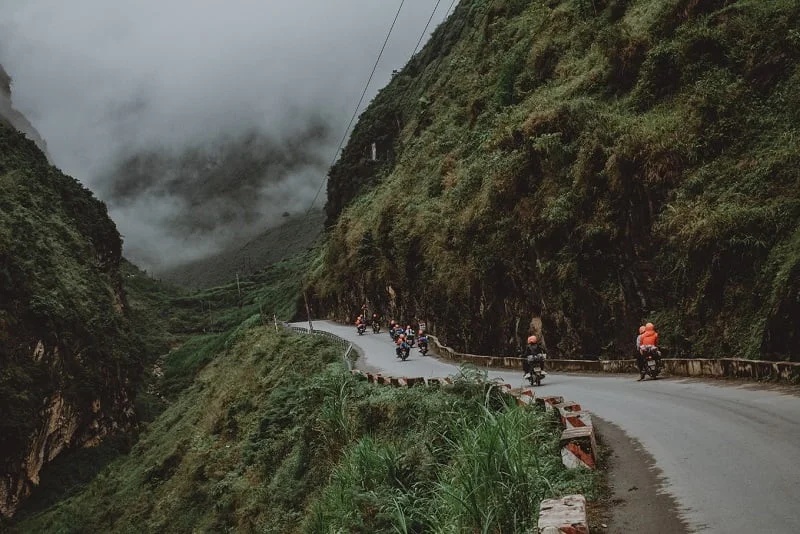
Source: Sinhtour
6- Do I need special permits or documentation?
No special permits are required for Vietnamese citizens or tourists with valid visas. However, carry identification documents as there are occasional security checkpoints near the Chinese border.
Ma Pi Leng Pass in Ha Giang stands as Vietnam's ultimate mountain driving challenge, combining breathtaking natural beauty with significant cultural and historical importance. This spectacular passage through the Dong Van Karst Plateau offers travelers an unmatched experience of northern Vietnam's rugged frontier landscape.
From its dramatic cliff-edge roads and panoramic canyon views to its rich ethnic minority heritage and engineering marvels, Ma Pi Leng Pass delivers adventure, beauty, and cultural insight in equal measure. Whether you're an experienced motorbike adventurer seeking the ultimate riding challenge or a traveler drawn to spectacular natural scenery, this legendary pass provides memories that last a lifetime.
When visiting Ma Pi Leng Pass, the importance of responsible and safe travel cannot be overstated. Proper preparation, respect for local communities, and awareness of weather conditions ensure that your adventure contributes positively to your experience and to preserving this remarkable destination.
>>> You may need: How is the weather in Ha Giang like?
Ready to experience Vietnam's most spectacular mountain pass? Contact local tour operators, plan your Ha Giang Loop adventure, or book a guided experience today. Ma Pi Leng Pass awaits those brave enough to accept its challenge and wise enough to appreciate its extraordinary beauty. Let the adventure begin with proper planning, appropriate preparation, and the spirit of discovery that makes Ma Pi Leng Pass an unforgettable highlight of any Vietnamese mountain adventure.
